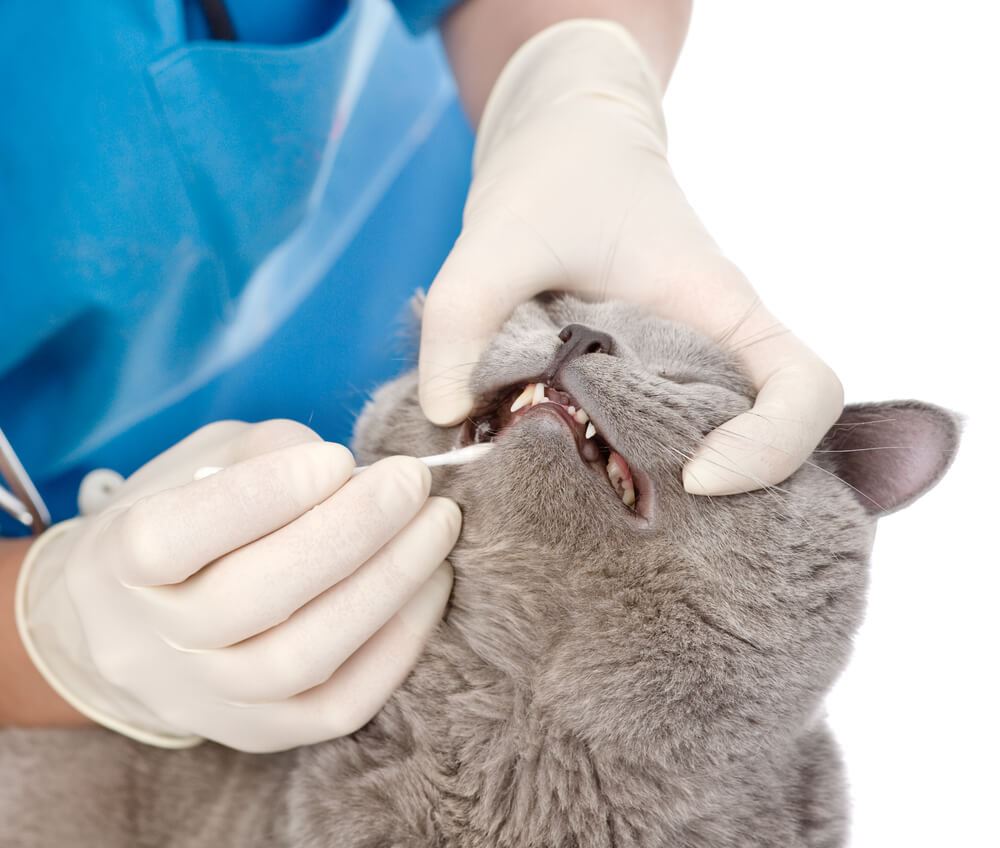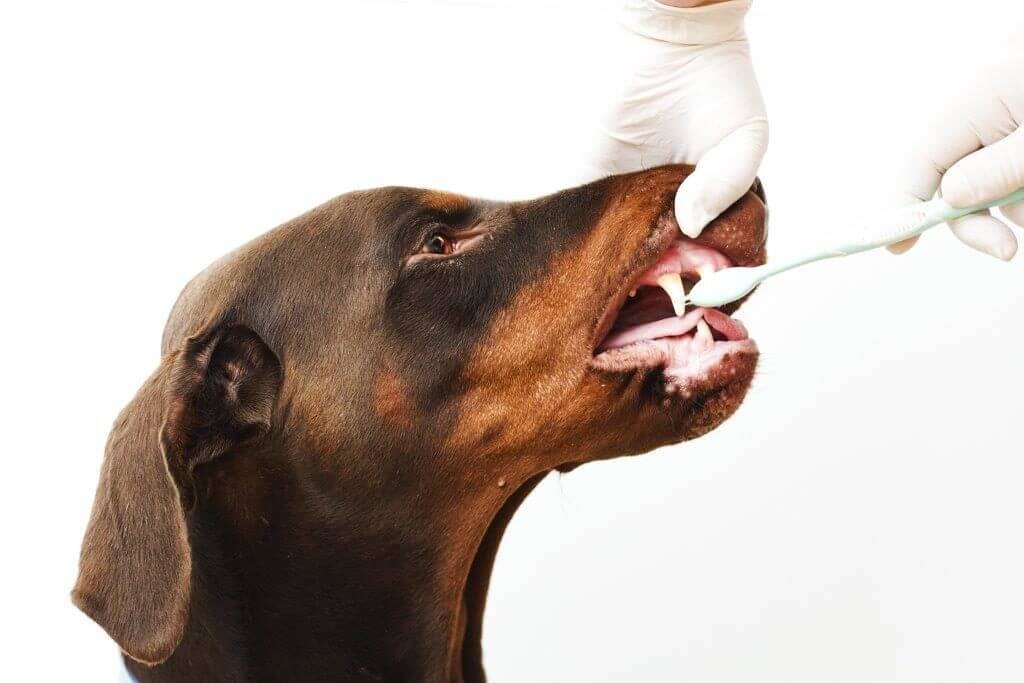The ‘A’ Word: How to Talk to Your Clients about Dental Cleanings with Anesthesia
- Category: Blogs
- Posted On:
- Written By: Admin
February is Pet Dental Health Month, and while we love a month dedicated to the importance of dental cleanings, why restrict the conversation to just one-twelfth of the year? You should be talking about pets’ dental health with owners every time they visit your practice. One reason you may not be is straightforward: anesthesia. Many clients hear that ‘a’ word and balk—at the cost, at the risks they associate with anesthesia, or at both.
Using anesthesia in dental cleanings is the only way to make sure an animal leaves your practice with a healthy mouth. According to the American Veterinary Dental College (AVDC), “Anesthesia free dentals provide no preventative benefit, and in fact increase the risk of periodontal disease because pet owners have a false sense of security that their pet’s mouth is healthy simply because the teeth look whiter.”
Here’s how you can broach the important subject of dental cleanings with anesthesia. The more you do it, the easier it will be—and the better you’ll be able to care for your patients.
First, explain why anesthesia is important.
You know that 60% of the tooth in a dog’s and a cat’s mouth lies below the gum-line and that anesthesia allows you to take comprehensive X-rays and thoroughly clean that area, but your client doesn’t. Tell them! You also know that the chances of a healthy pet dying by anesthesia are very low. Let them know exactly what the statistical risk is: 0.05%.
Some clients respond to numbers (like the fact that 85% of cats and dogs over the age of 3 have some form of dental disease), but some don’t. They are
likely to sympathize with their pets. Ask a client to imagine being put in a dentist’s chair, their mouth open, unable to understand the people hovering above them and unable to communicate with them. Explain that the bright lights, loud sounds, and strangers holding them down are stressful to their cat or dog. Anesthesia allows their animal to rest unaware of the procedure that’s being done for their overall well-being.
Lay out the benefits of anesthesia and the risks to a pet when it isn’t used.
A less stressful experience for the animal is just one benefit of a dental cleaning under anesthesia. Explain to your clients that X-rays under anesthesia allow you to see issues that are otherwise hidden, including:
- Infected teeth
- Abscesses
- Broken teeth and roots
- Dead teeth
- Periodontal disease
Explain that dental cleanings without anesthesia are like looking for a problem with a house’s foundation by sweeping the floors. Not only do they miss the above, the infections they don’t catch can spread to an animal’s bloodstream, ultimately damaging their heart, kidney, and more.
 Take it step-by-step.
Take it step-by-step.
Your client likely doesn’t know what goes on when they bring their pet in for a dental cleaning. Break the process down, step-by-step, and explain your anesthesia protocol in detail. This will help them feel more confident in your ability and conscious care. It will also give them a chance to ask any questions they have and express any concerns.
Get real with the numbers.
A major reason many owners stay away from anesthesia is the money they see leave their bank accounts after their pets have cleanings. Don’t be shy about breaking down the costs associated with this type of cleaning:
- Pre-op evaluation
- Equipment to administer anesthesia and monitor the animal’s status
- Equipment needed for a thorough cleaning
- Qualified staff and the training to monitor an animal under anesthesia
After all, these costs are for the safety and benefit of your client’s pet. And if cleanings without anesthesia lead to lost teeth or disease, those types of cleanings are ultimately a waste of money.
Know what to expect from your client.
A client who leans away from dental cleanings with anesthesia is likely skeptical—and possibly plain scared. Be aware of those emotions when you broach the subject of a cleaning, so you can be factual and empathetic.
And be ready for questions on everything, including:
- How their pet is evaluated before anesthesia is used

- The level of training your staff has
- The dosages of anesthesia you use
- Recovery time for the animal pet
- Your use of IV fluids
- Where the vet will be during the procedure
- Whether their pet will wake up during the procedure
Dvm360 put together some examples of things you’re probably saying to clients that are almost definitely confusing them about dental cleanings and possibly turning them away. Check out their script here, and then evaluate the tactics you use to talk to clients.
Make resources available.
If your clients don’t get information from you about dental cleanings with anesthesia, they’ll probably get it from the Internet, which is likely to do more harm than good. Beyond Pet Dental Health Month, make resources available to your clients. The AVDC has great free fact sheets, including ones on anesthesia-free dental cleaning and periodontal disease.
And don’t forget to talk to your clients about what they can do at home to help their pets’ teeth stay healthy and strong! You can start with giving your clients this dental tips PDF.
